LangChain Blog
blog.langchain.dev/
Evaluating DeepAgents CLI on Terminal Bench 2.0
By Vivek Trivedy and Eugene Yurtsev DeepAgents CLI is a coding agent built on top of the Deep Agents SDK, providing an interactive terminal interface with shell execution, filesystem tools, and memory. How well does DeepAgents CLI actually perform on real-world tasks? In this post, we show how to evaluate
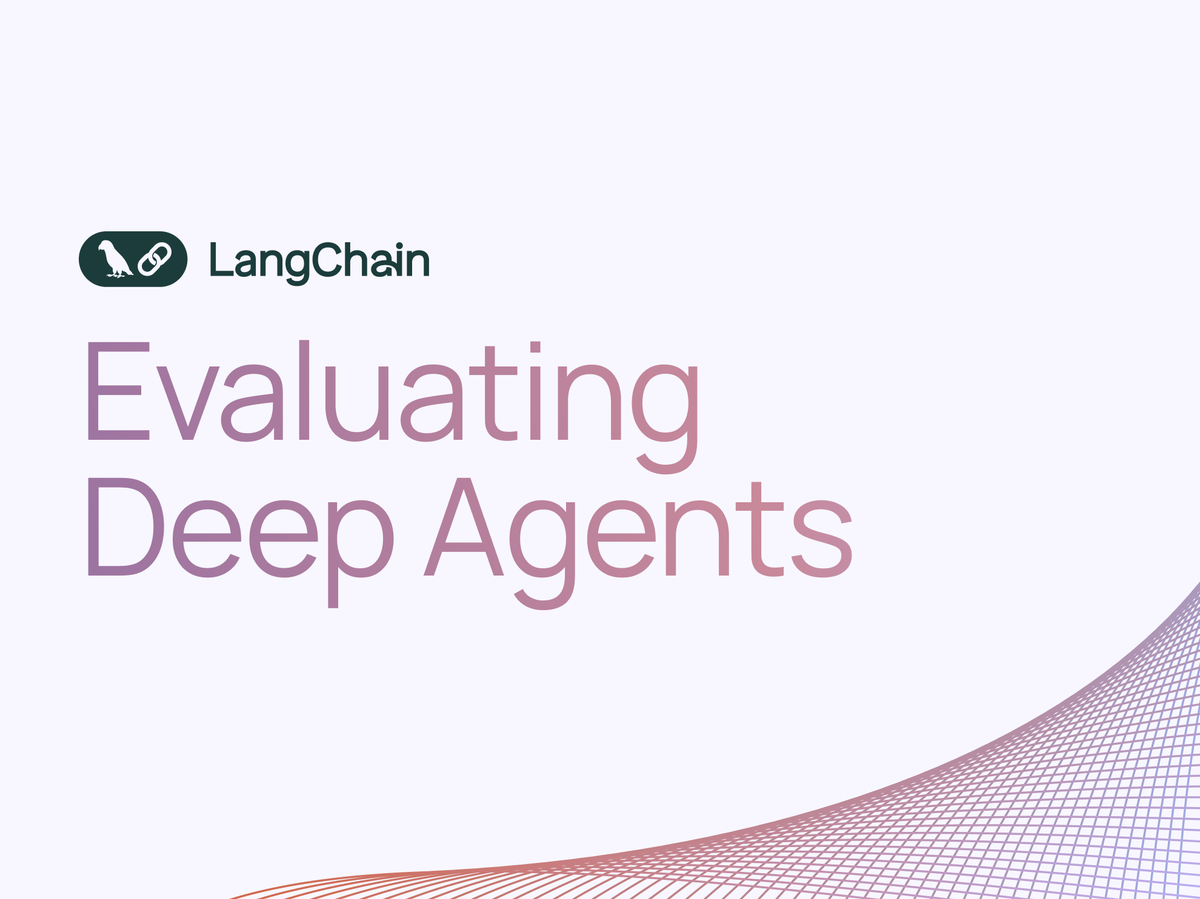
Evaluating Deep Agents: Our Learnings
Over the past month at LangChain, we shipped four applications on top of the Deep Agents harness: * DeepAgents CLI: a coding agent * LangSmith Assist: an in-app agent to help with various things in LangSmith * Personal Email Assistant: an email assistant that learns from interactions with each user * Agent Builder: a
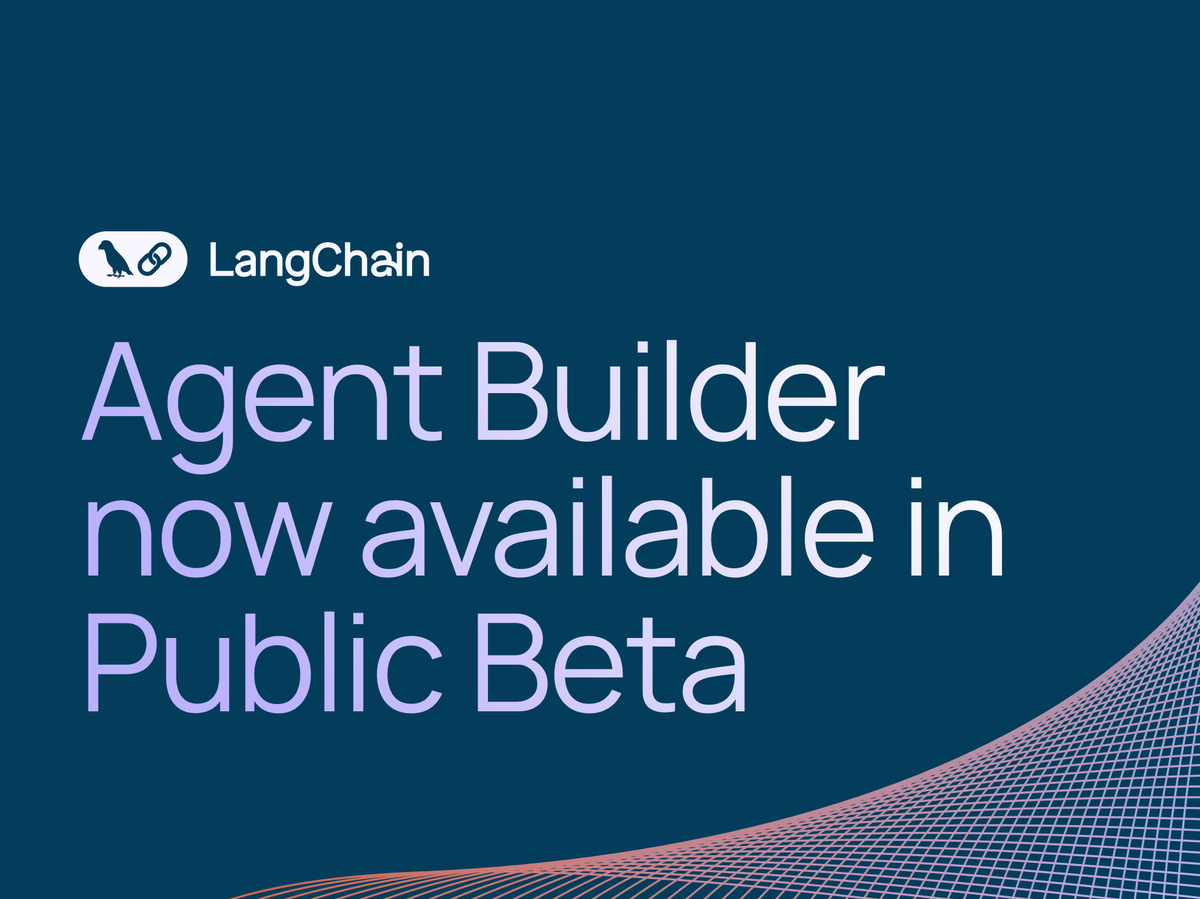
LangSmith Agent Builder now in Public Beta
Now anyone can create production ready agents without writing code, just chat. Agent Builder guides you from initial idea to deployed agent, creating detailed prompts, selecting required tools, and even creating subagents.

Using skills with Deep Agents
tl;dr: Anthropic recently introduced the idea of agent skills. Skills are simply folders containing a SKILL.md file along with any associated files (e.g., documents or scripts) that an agent can discover and load dynamically to perform better at specific tasks. We've added skills support to deepagents-CLI. The
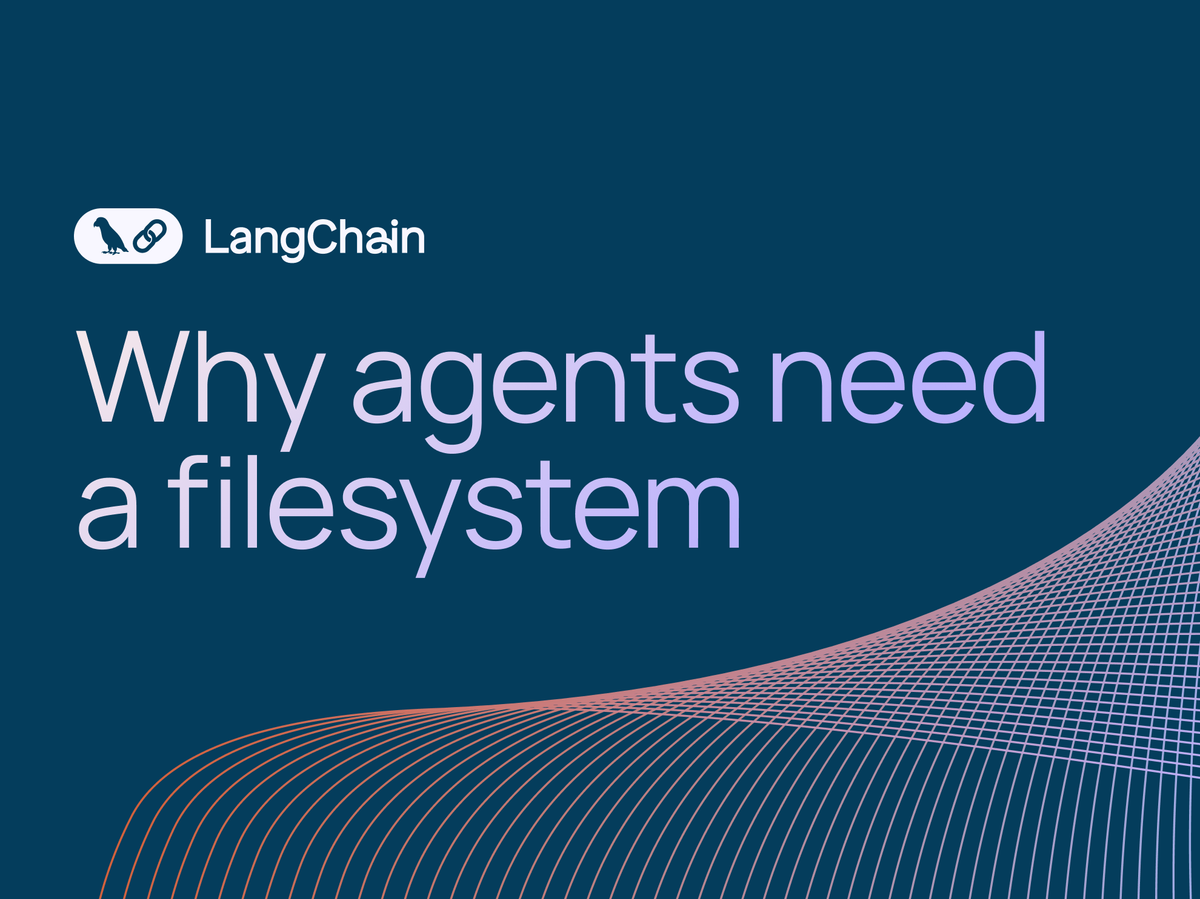
How agents can use filesystems for context engineering
A key feature of deep agents is their access to a set of filesystem tools. Deep agents can use these tools to read, write, edit, list, and search for files in their filesystem. In this post, we’ll walk through why we think filesystems are important for agents. In order
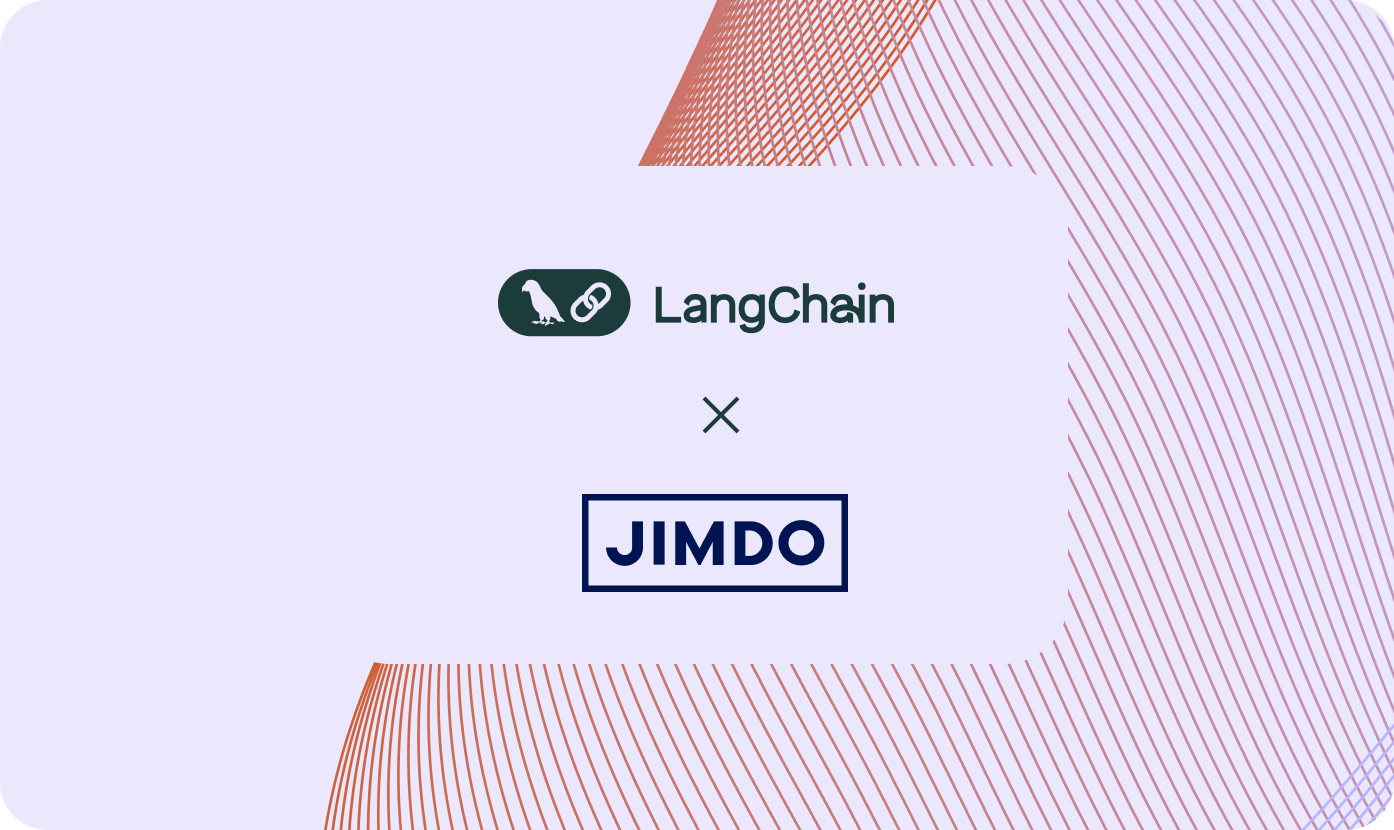
How Jimdo empower solopreneurs with AI-powered business assistance
See how Jimdo uses LangChain.js, LangGraph.js, and LangSmith to deliver personalized business insights that drive 50% more first customer contacts and 40% more overall customer activity.
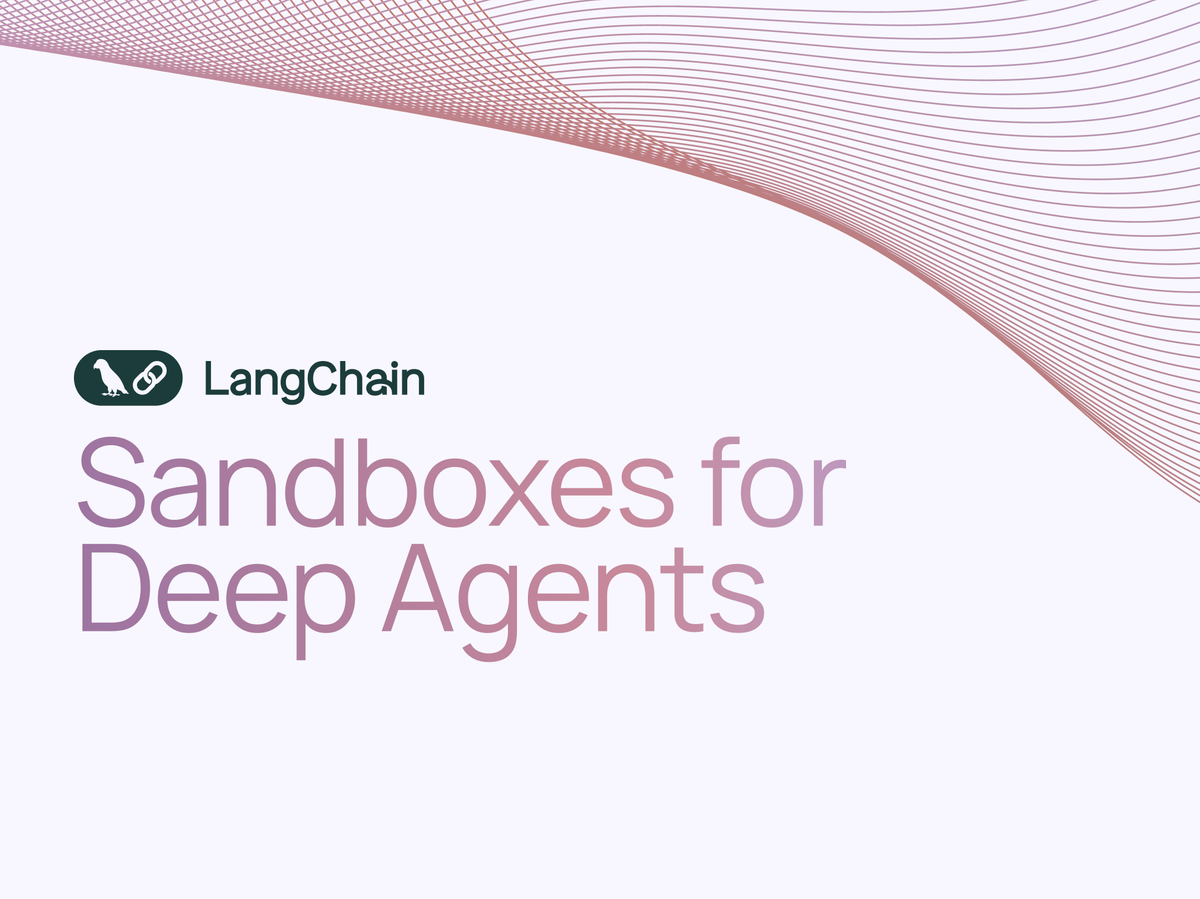
Execute Code with Sandboxes for DeepAgents
By Vivek Trivedy Today we're excited to launch Sandboxes for DeepAgents, a new set of integrations that allow you to safely execute arbitrary DeepAgent code in remote sandboxes. We currently support sandboxes from 3 of our partners: Runloop, Daytona, and Modal. Below, we dive into what you can do with

Join LangChain at AWS re:Invent 2025
If you're attending AWS re:Invent in Las Vegas this year and working on agent development, here's what we have planned that might be useful. Visit Us at Booth #524 We'll be at Booth #524 in the Venetian Expo Center, next to the Industry Pavilion, December 1-4. Our engineering team

Why We Rebuilt LangChain’s Chatbot and What We Learned
By Liam Bush Background Every successful platform needs reliable support, but we realized our own team was spending hours tracking down answers to technical questions. This friction wasn't just slowing down our engineers—it was a critical bottleneck for our users. We set out to solve this using the very
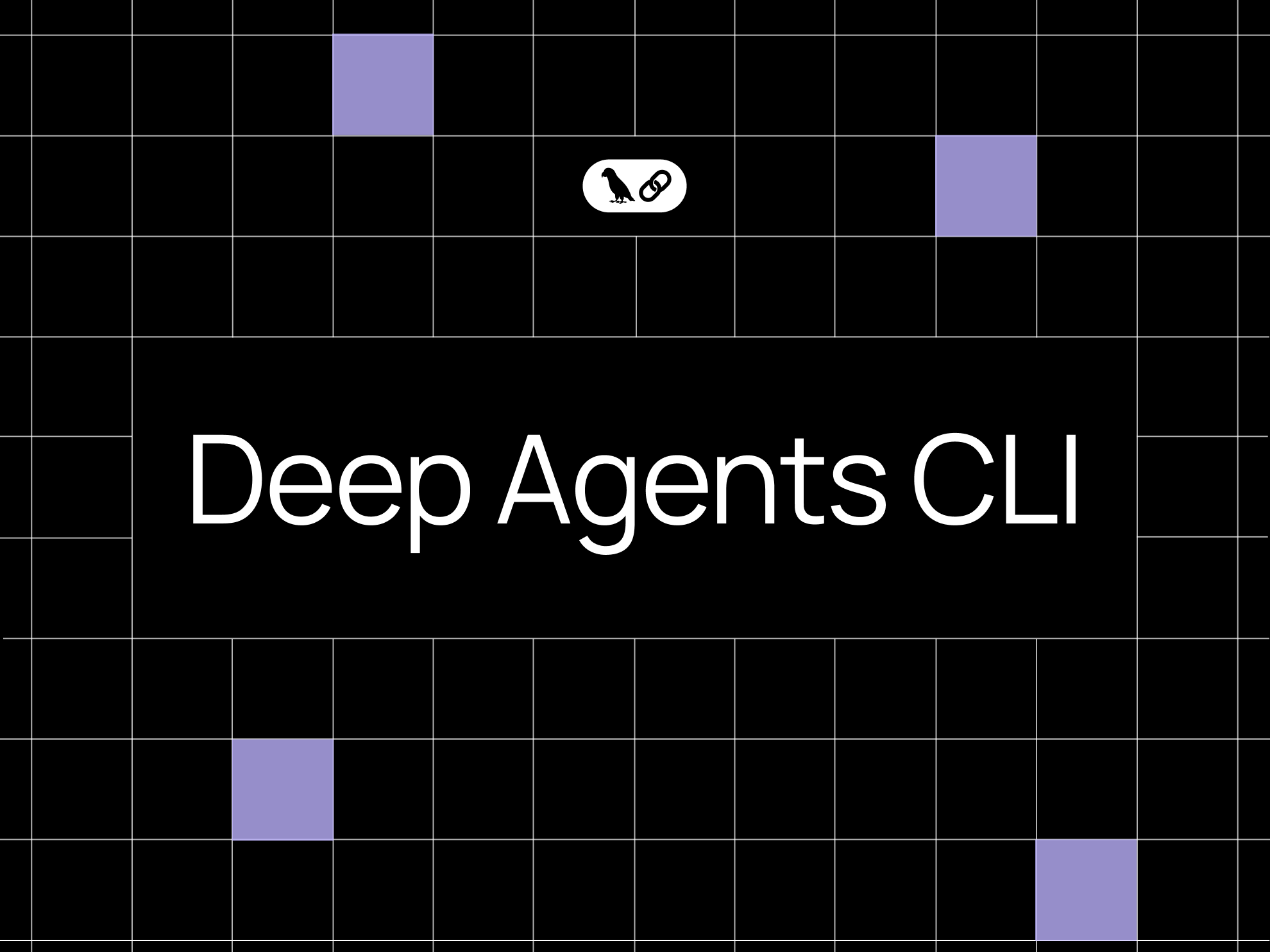
Introducing DeepAgents CLI
By Vivek Trivedy We're excited to introduce DeepAgents CLI for coding, research, and building agents with persistent memory. Now you can easily create and run custom DeepAgents directly from the terminal. It supports: * Read, write, and edit files in your project * Execute shell commands with human approval * Search the web

Introducing LangSmith’s No Code Agent Builder
By Brace Sproul and Sam Crowder Today, we’re expanding who can build agents beyond developers. While a lot of the highest volume, customer-facing agents will be built by technical teams, nearly every business user has use cases for agentic applications in their daily routines. Our new LangSmith Agent Builder
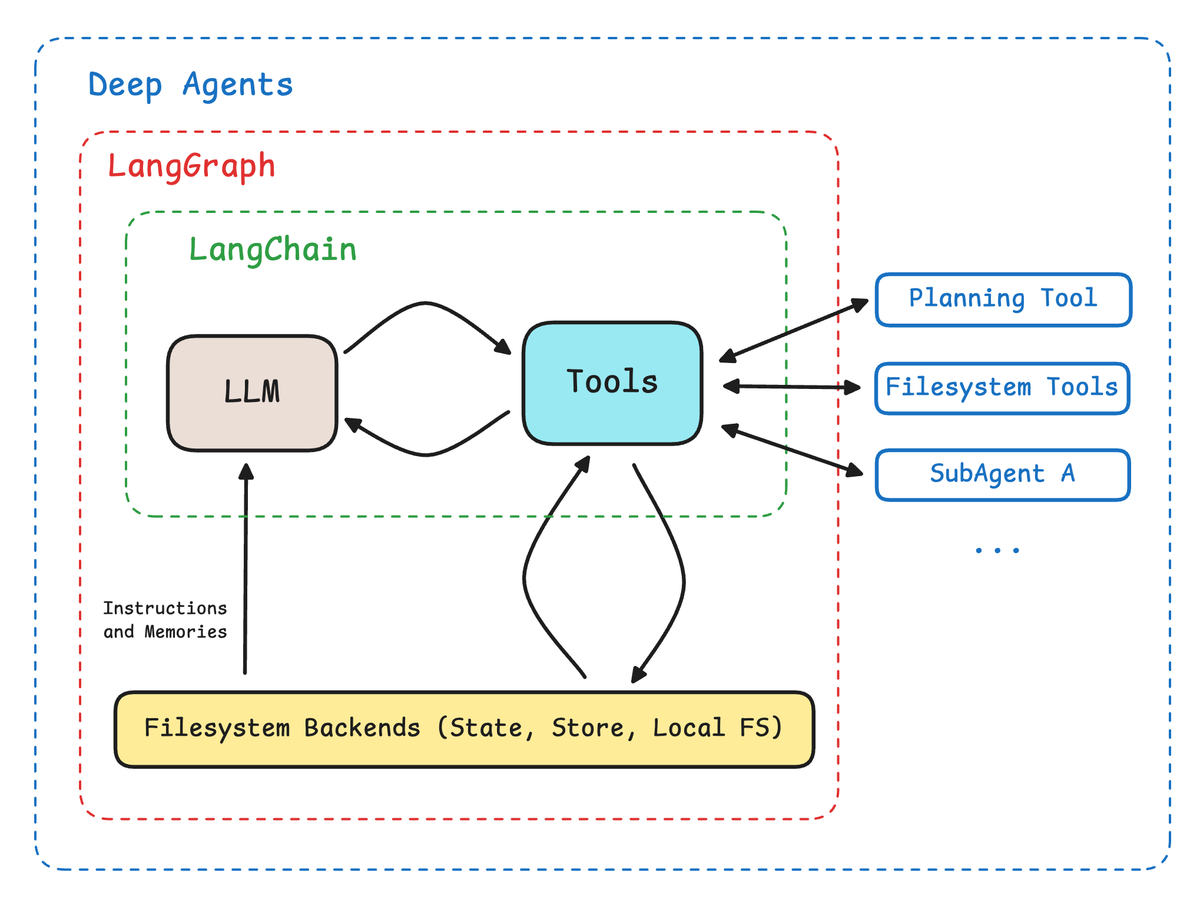
Doubling down on DeepAgents
Two months ago we wrote about Deep Agents - a term we coined for agents that are able to do complex, open ended tasks over longer time horizons. We hypothesized that there were four key elements to those agents: a planning tool, access to a filesystem, subagents, and detailed prompts.

Improve agent quality with Insights Agent and Multi-turn Evals, now in LangSmith
LangSmith's new Insights Agent and Multi-turn Evals help you understand what your agents are doing in production and whether they're accomplishing user goals.

LangChain and LangGraph Agent Frameworks Reach v1.0 Milestones
By Sydney Runkle and the LangChain OSS team We're releasing LangChain 1.0 and LangGraph 1.0 — our first major versions of our open source frameworks! After years of feedback, we've updated langchain to focus on the core agent loop, provide flexibility with a new concept of middleware, and upgrade
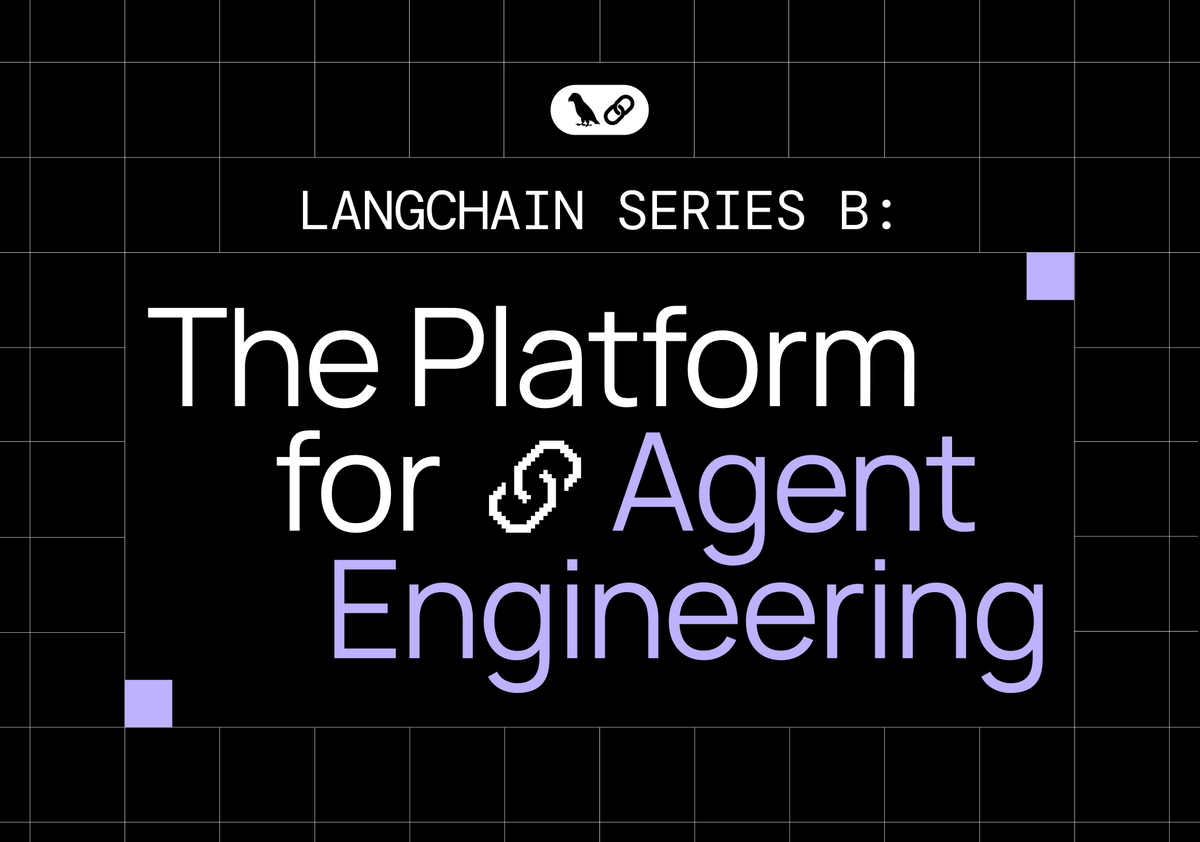
LangChain raises $125M to build the platform for agent engineering
We raised $125M at a $1.25B valuation to build the platform for agent engineering.
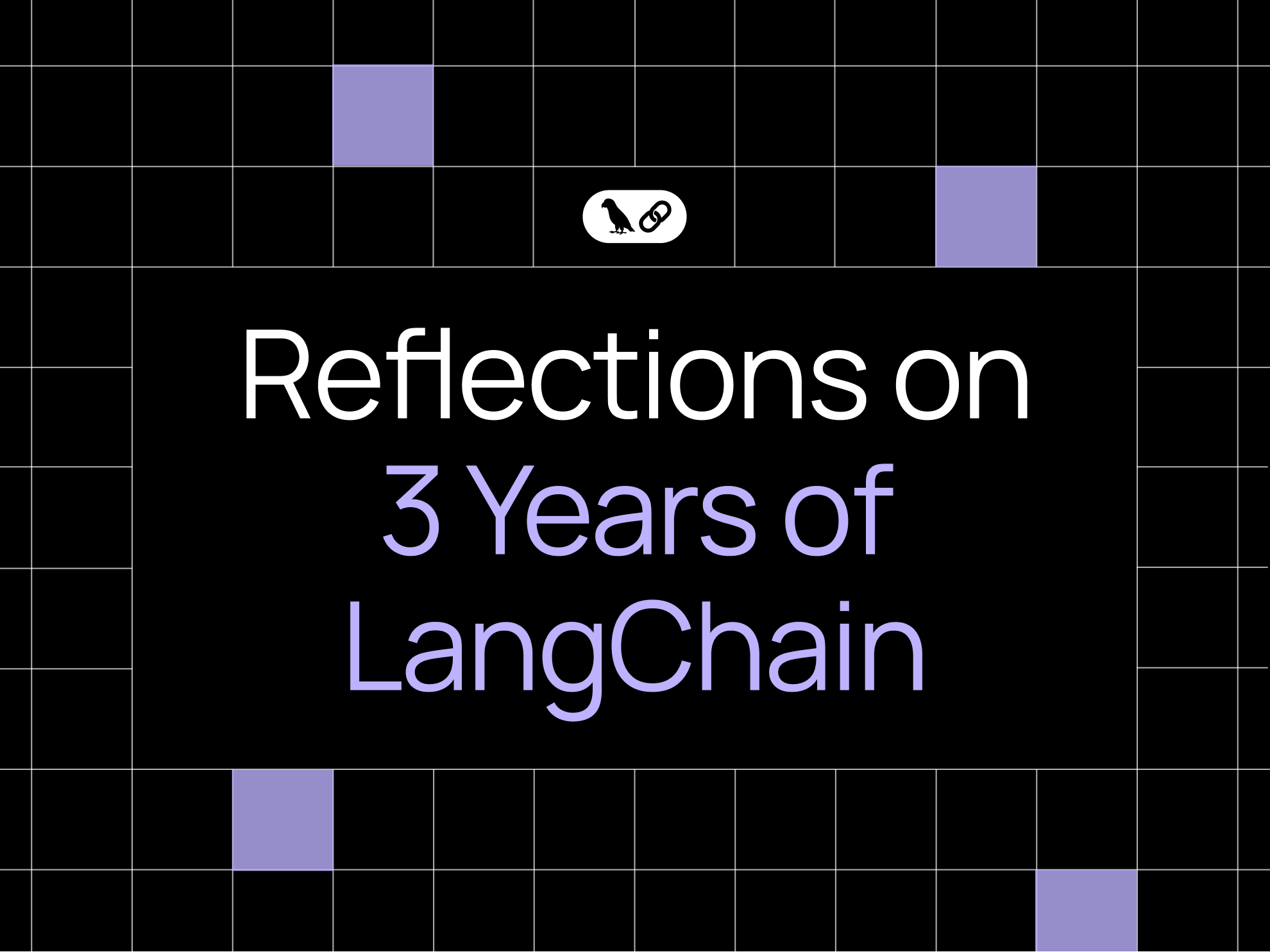
Reflections on Three Years of Building LangChain
by Harrison Chase Almost exactly 3 years ago, I pushed the first lines of code to langchain as an open source package. There was no company at the time, and no grand plan for what the project would become. A month later, ChatGPT launched, and everything for langchain changed. It

Securing your agents with authentication and authorization
Agents can take action which makes proper authentication and authorization critical. Read on for how to implement and evolve agent auth.
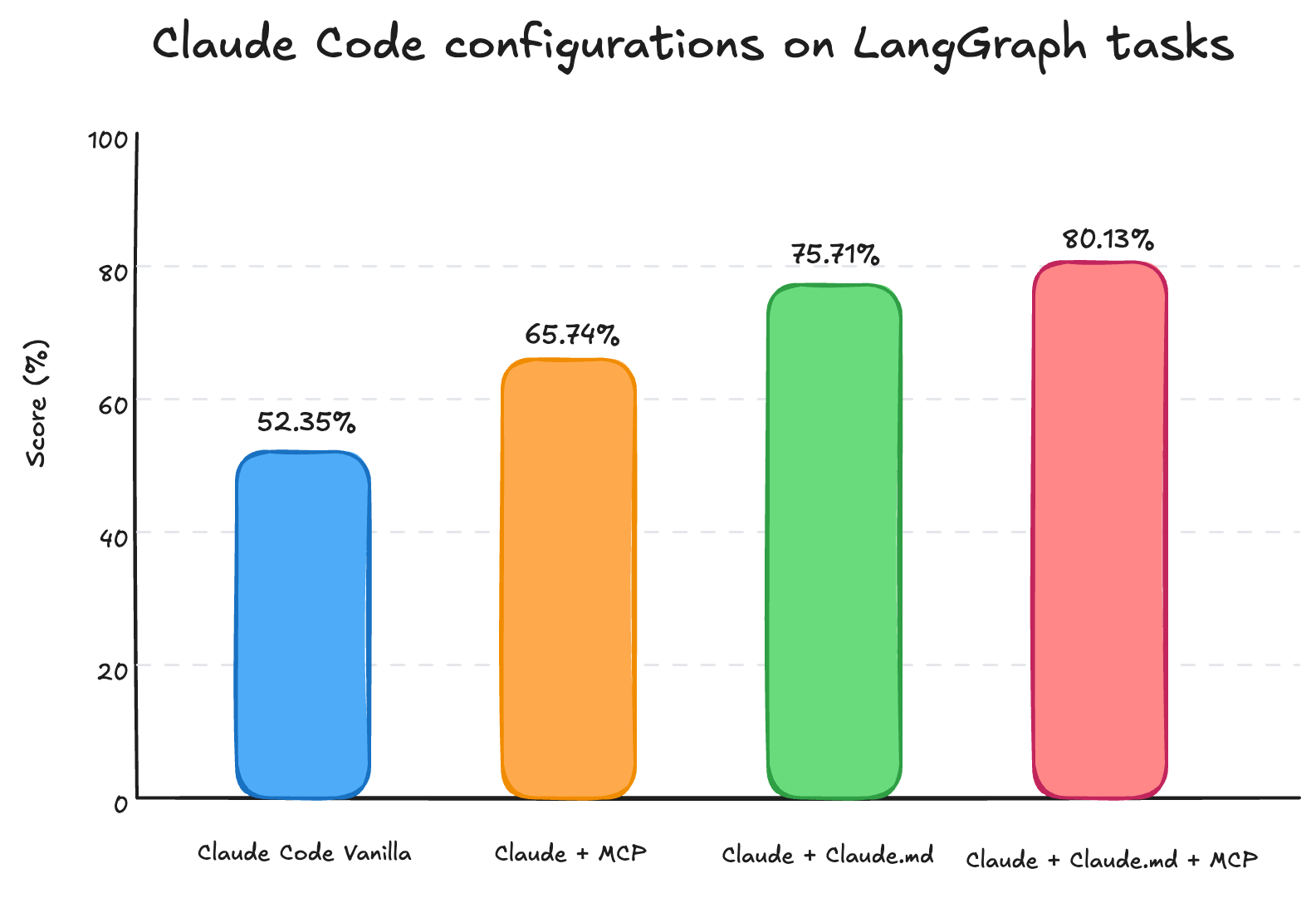
How to turn Claude Code into a domain specific coding agent
Authored by: Aliyan Ishfaq Coding agents are great at writing code that uses popular libraries on which LLMs have been heavily trained on. But point them to a custom library, a new version of a library, an internal API, or a niche framework – and they’re not so great. That’

Monte Carlo: Building Data + AI Observability Agents with LangGraph and LangSmith
See how Monte Carlo built its AI Troubleshooting Agent on LangGraph and debugged with LangSmith to help data teams resolve issues faster
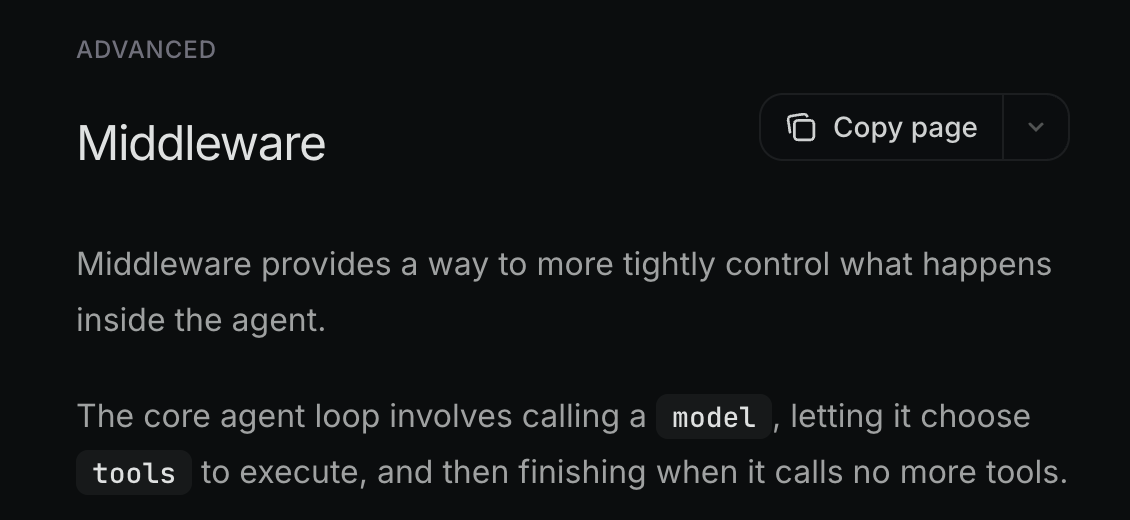
Agent Middleware
LangChain has had agent abstractions for nearly three years. There are now probably 100s of agent frameworks with the same core abstraction. They all suffer from the same downsides that the original LangChain agents suffered from: they do not give the developer enough control over context engineering when needed, leading
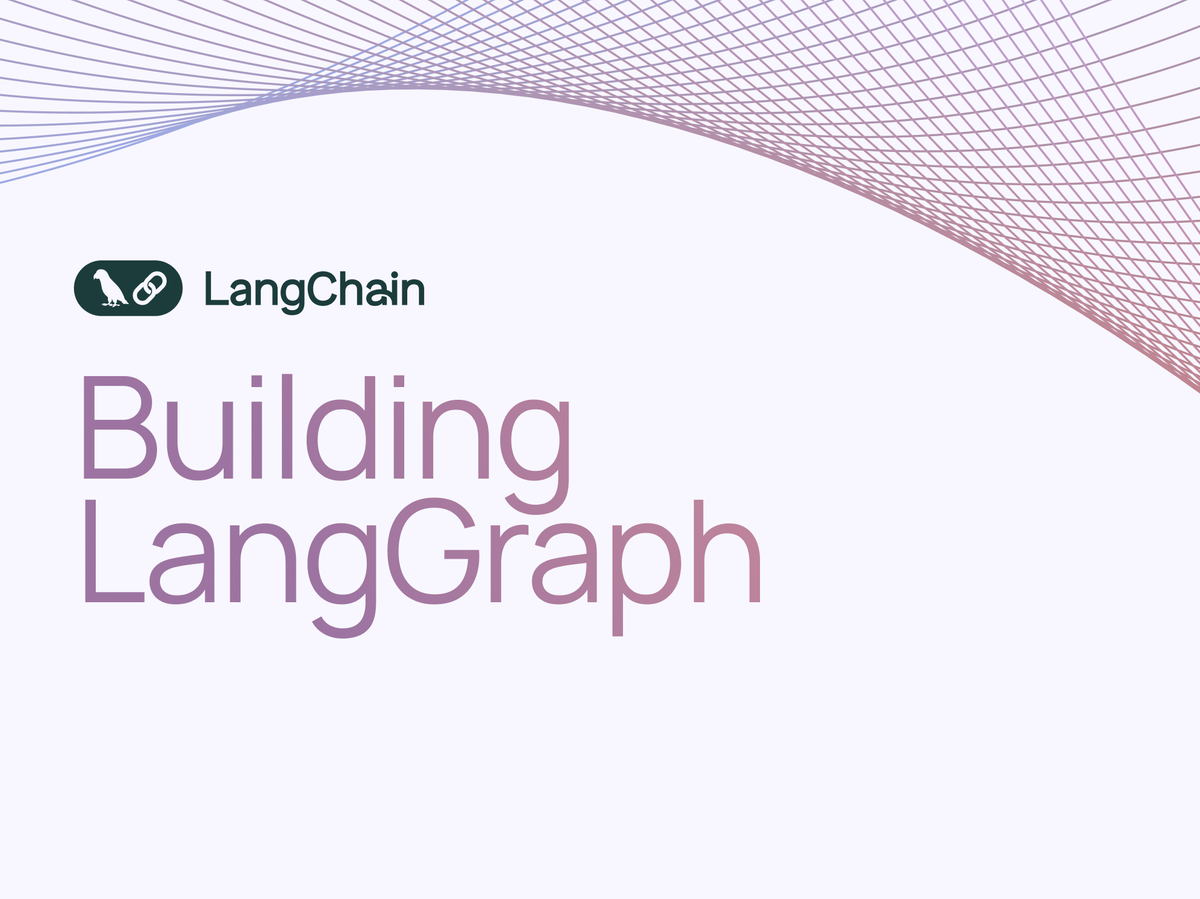
Building LangGraph: Designing an Agent Runtime from first principles
In this blog piece, you’ll learn why and how we built LangGraph for production agents—focusing on control, durability, and the core features needed to scale.

Standard message content
TLDR: We’ve introduced a new view of message content that standardizes reasoning, citations, server-side tool calls, and other modern LLM features across providers. This makes it easier to build applications that are agnostic of the inference provider, while taking advantage of the latest features of each. This feature is

LangChain & LangGraph 1.0 alpha releases
Today we are announcing alpha releases of v1.0 for langgraph and langchain, in both Python and JS. LangGraph is a low-level agent orchestration framework, giving developers durable execution and fine-grained control to run complex agentic systems in production. LangChain helps developers ship AI features fast with standardized model abstractions

Introducing Open SWE: An Open-Source Asynchronous Coding Agent
The use of AI in software engineering has evolved over the past two years. It started as autocomplete, then went to a copilot in an IDE, and in the fast few months has evolved to be a long running, more end-to-end agent that run asynchronously in the cloud. We believe

Deep Agents
Using an LLM to call tools in a loop is the simplest form of an agent. This architecture, however, can yield agents that are “shallow” and fail to plan and act over longer, more complex tasks. Applications like “Deep Research”, “Manus”, and “Claude Code” have gotten around this limitation by

Introducing Align Evals: Streamlining LLM Application Evaluation
Align Evals is a new feature in LangSmith that helps you calibrate your evaluators to better match human preferences.
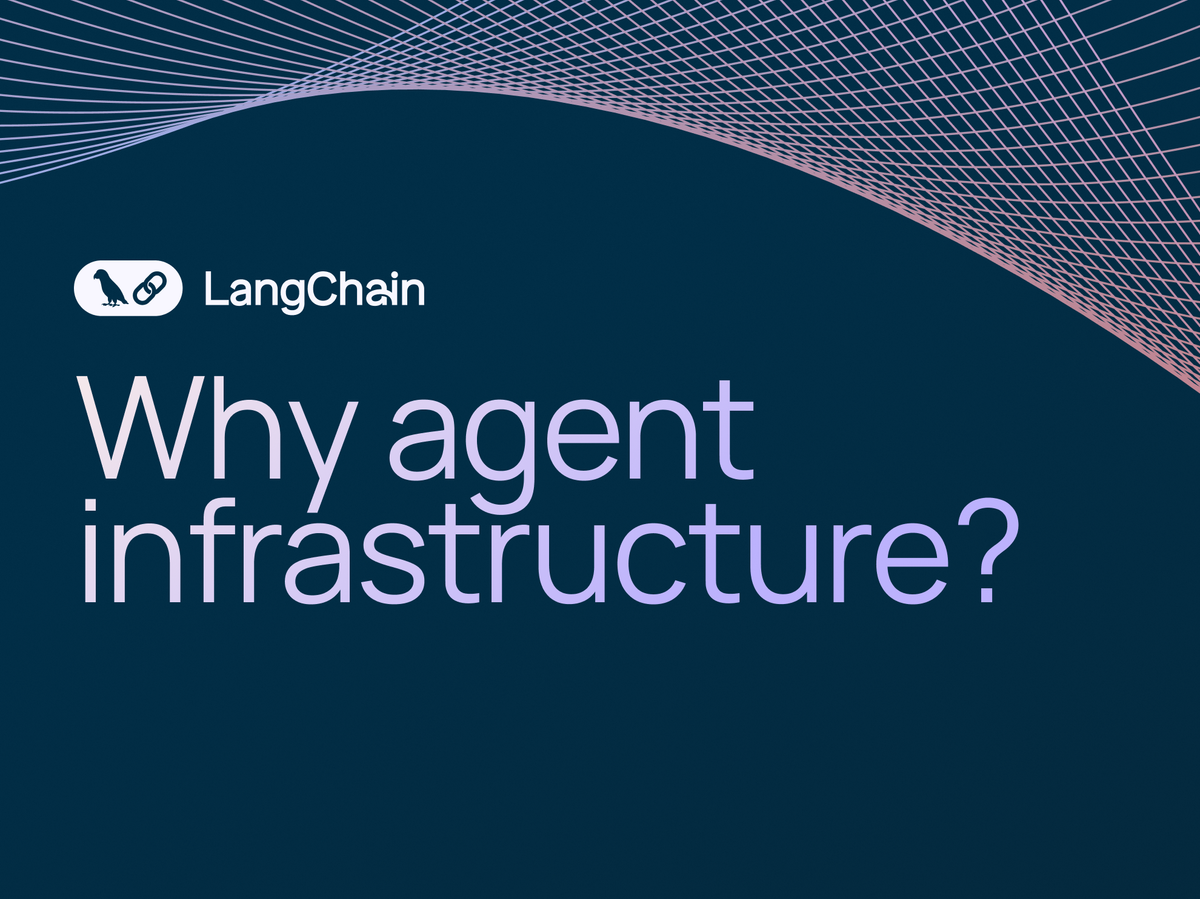
Why agent infrastructure matters
Learn why agent infrastructure is essential to handling stateful, long-running tasks — and how LangGraph Platform provides the runtime support needed to build and scale reliable agents.
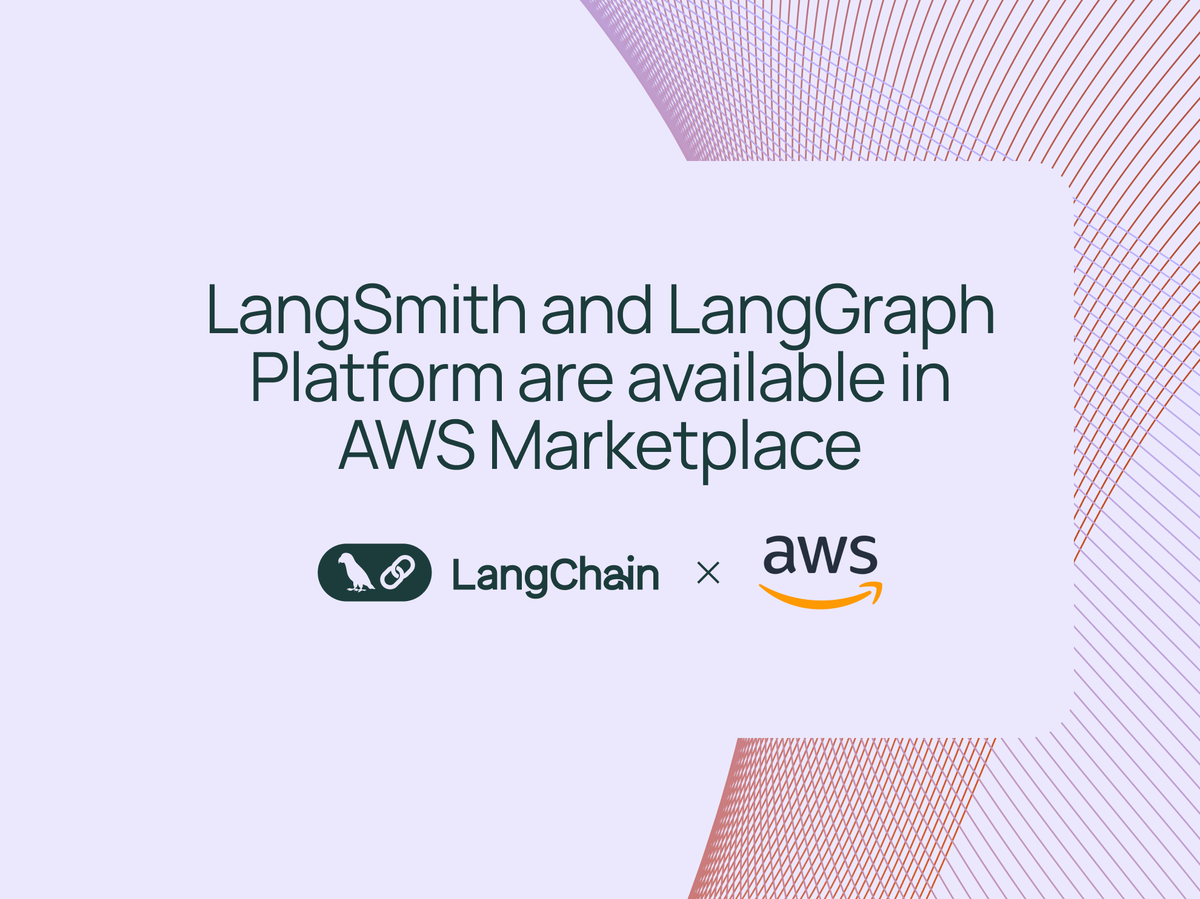
LangSmith and LangGraph Platform are now available in AWS Marketplace
LangSmith and LangGraph Platform (self-hosted deployments) are now available in AWS Marketplace.
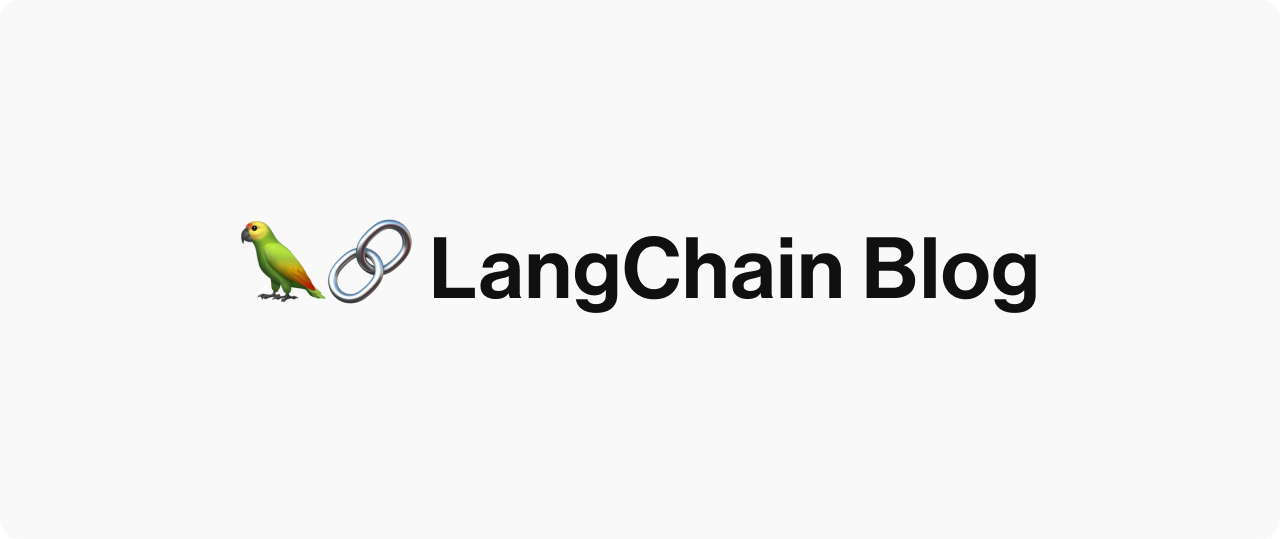
Open Deep Research
TL;DR Deep research has broken out as one of the most popular agent applications. OpenAI, Anthropic, Perplexity, and Google all have deep research products that produce comprehensive reports using various sources of context. There are also many open source implementations. We've built an open deep researcher that is simple

How to Build an Agent
Learn how to build an agent -- from choosing realistic task examples, to building the MVP to testing quality and safety, to deploying in production.

Context Engineering
TL;DR Agents need context to perform tasks. Context engineering is the art and science of filling the context window with just the right information at each step of an agent’s trajectory. In this post, we break down some common strategies — write, select, compress, and isolate — for context engineering
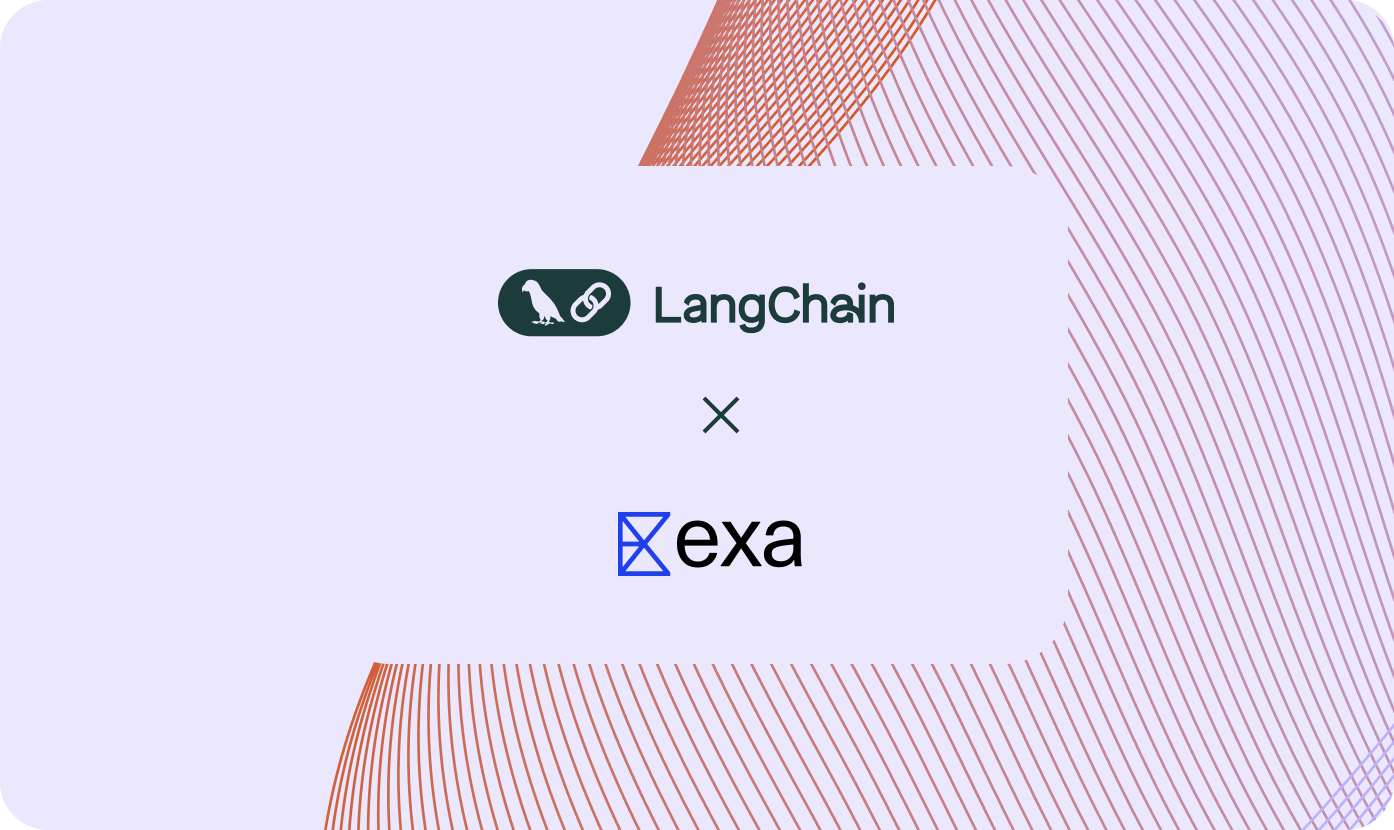
How Exa built a Web Research Multi-Agent System with LangGraph and LangSmith
See how Exa used LangGraph and LangSmith to build a multi-agent web research system to process research queries
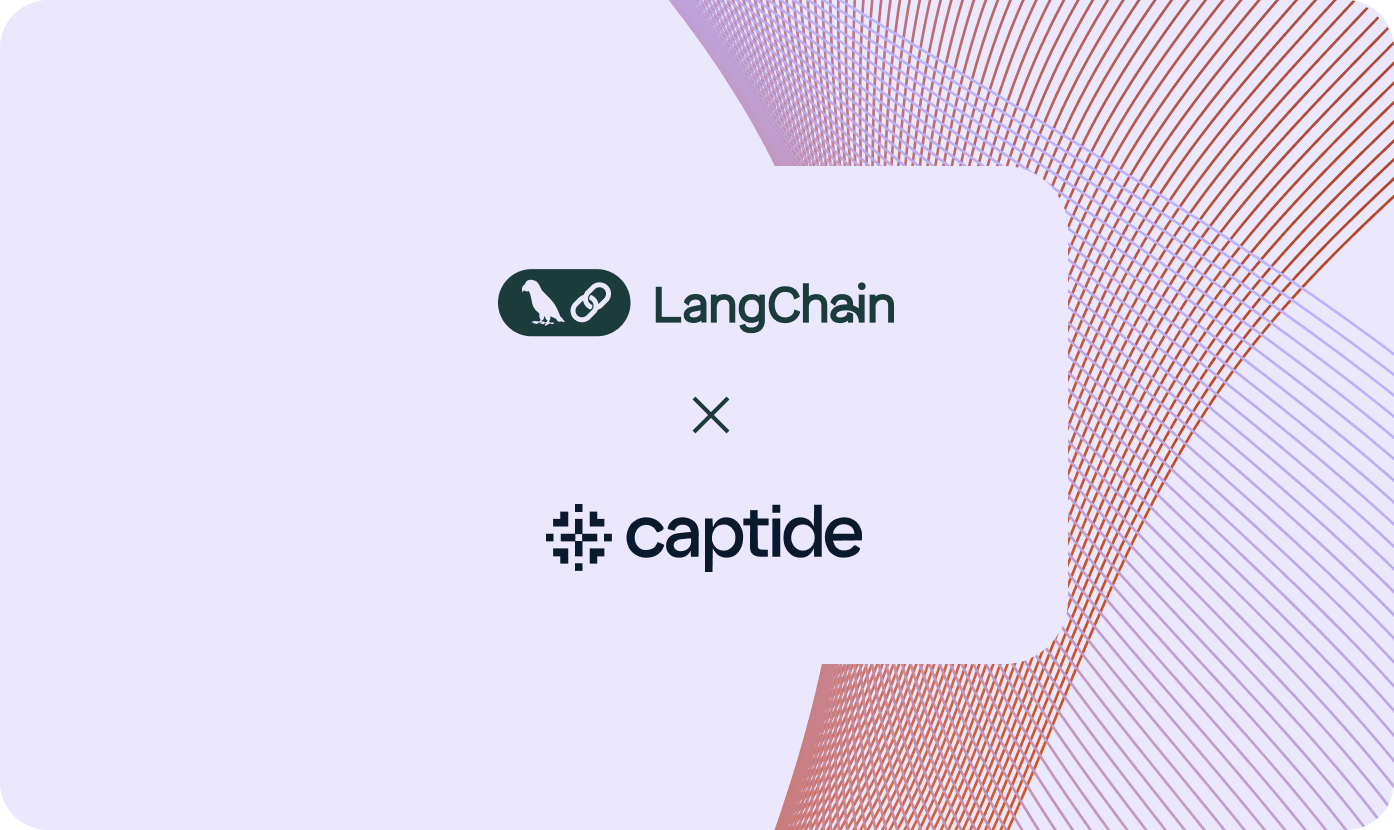
How Captide agents running on LangGraph Platform compress investment research from days to seconds
See how Captide is using LangGraph Platform and LangSmith for their investment research and equity modeling agents.
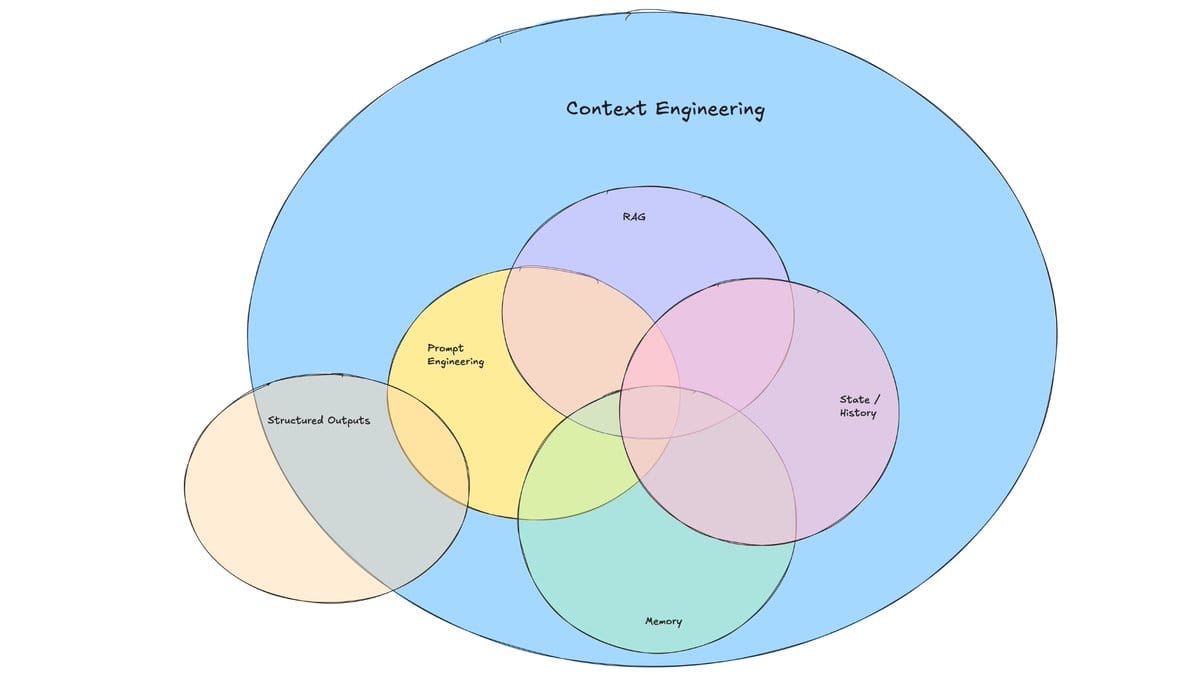
The rise of "context engineering"
Header image from Dex Horthy on Twitter. Context engineering is building dynamic systems to provide the right information and tools in the right format such that the LLM can plausibly accomplish the task. Most of the time when an agent is not performing reliably the underlying cause is that the
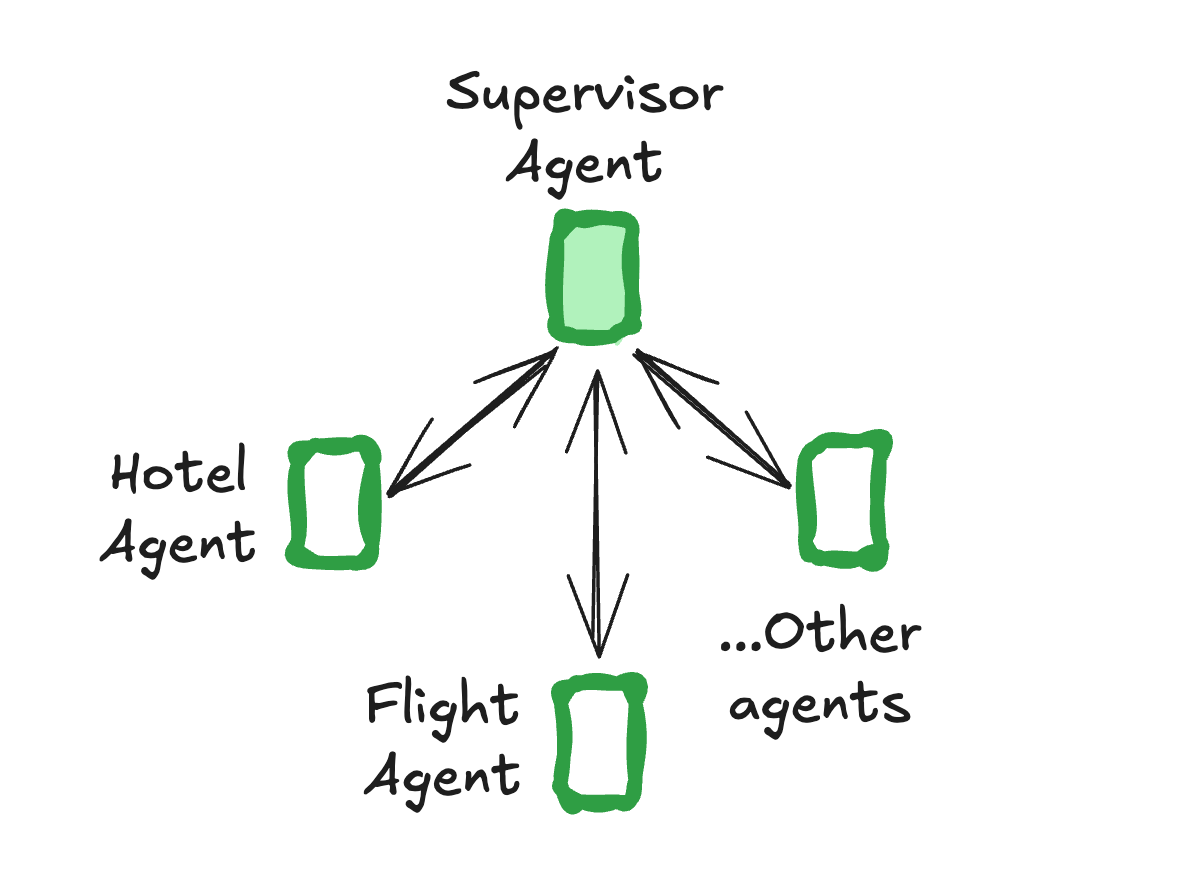
How and when to build multi-agent systems
Late last week two great blog posts were released with seemingly opposite titles. “Don’t Build Multi-Agents” by the Cognition team, and “How we built our multi-agent research system” by the Anthropic team. Despite their opposing titles, I would argue they actually have a lot in common and contain some

The Hidden Metric That Determines AI Product Success
Co-authored by Assaf Elovic and Harrison Chase. You can also find a version of this post published on Assaf's Medium. Why do some AI products explode in adoption while others struggle to gain traction? After a decade of building AI products and watching hundreds of launches across the industry, we’
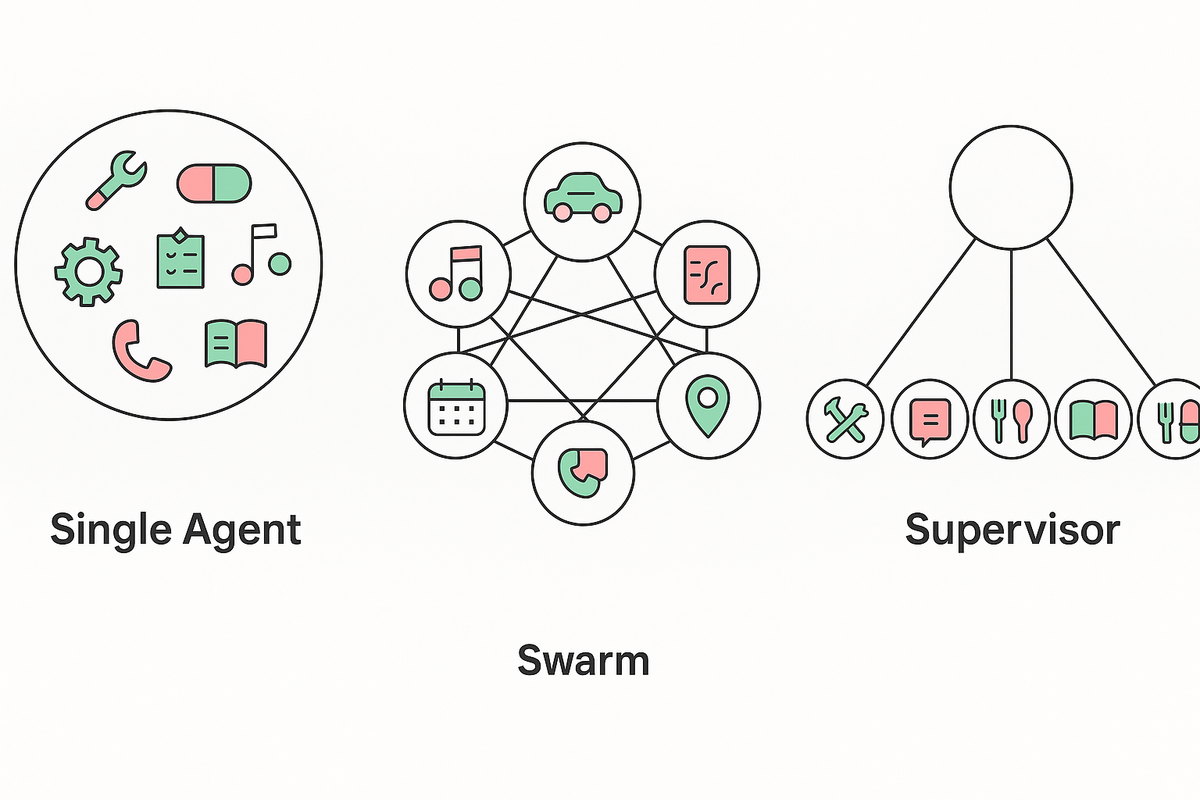
Benchmarking Multi-Agent Architectures
By Will Fu-Hinthorn In this blog, we explore a few common multi-agent architectures. We discuss both the motivations and constraints of different architectures. We benchmark their performance on a variant of the Tau-bench dataset. Finally, we discuss improvements we made to our “supervisor” implementation that yielded a nearly 50% increase
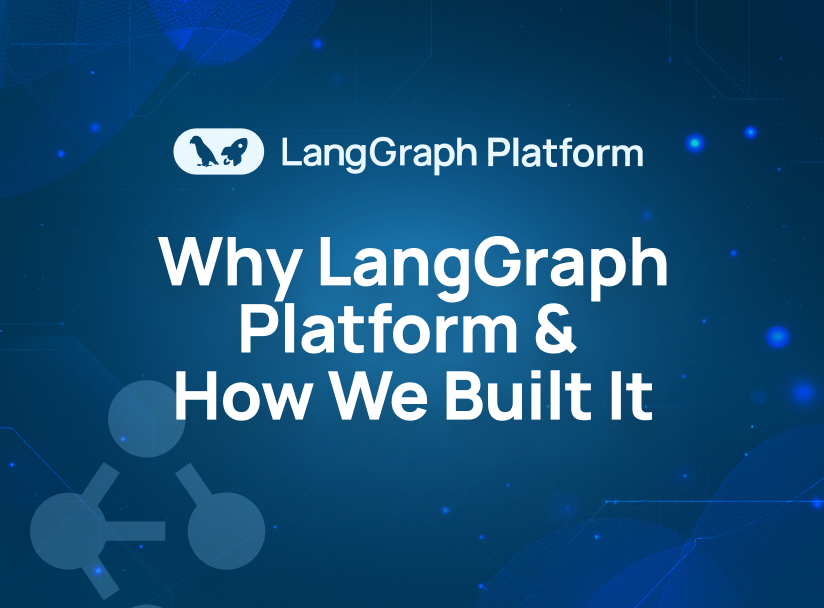
Why do I need LangGraph Platform for agent deployment?
This blog dives into technical details for why agent deployment is difficult, and how we built a platform to solve those challenges (LangGraph Platform).

How Webtoon Entertainment built agentic workflows with LangGraph to scale story understanding
See how Webtoon is transforming storytelling with agent workflows built on LangGraph for content discovery to help marketing, transation, and recommendation teams.

Recap of Interrupt 2025: The AI Agent Conference by LangChain
Hear more about the product launches, keynote themes, and exciting news from our first-ever conference.
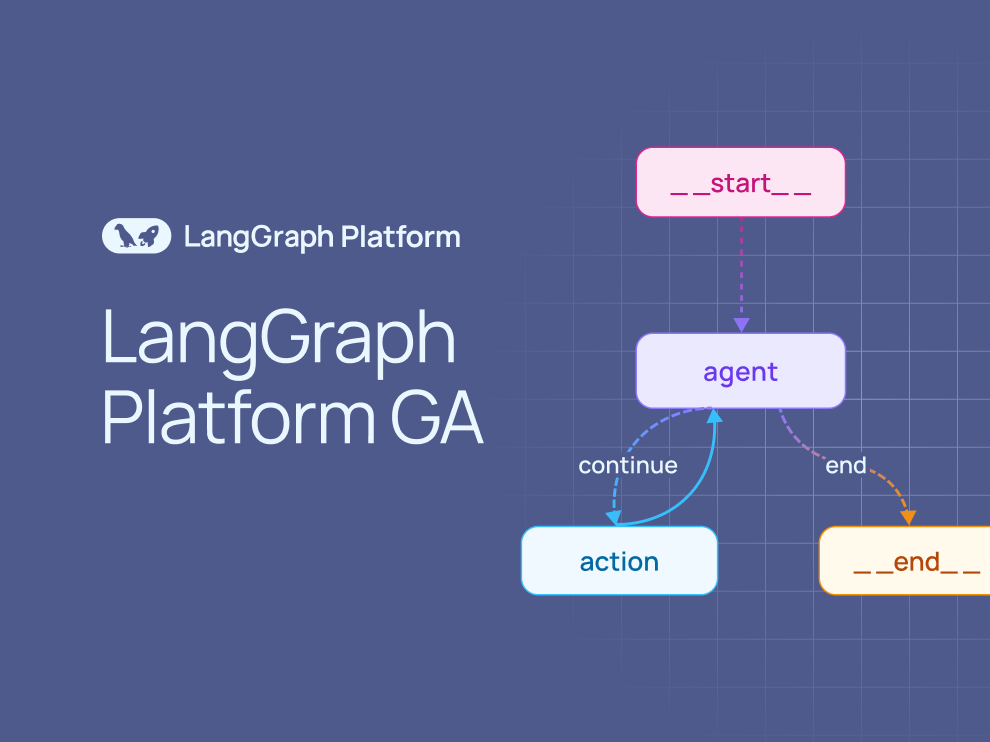
LangGraph Platform is now Generally Available: Deploy & manage long-running, stateful Agents
LangGraph Platform, our infrastructure for deploying and managing agents at scale, is now generally available. Learn how to deploy

LangSmith Incident on May 1, 2025
Requests to the US LangSmith API from both the web application and SDKs experienced an elevated error rate for 28 minutes on May 1, 2025 (starting at 14:35 UTC and ending at 15:03 UTC). During the incident window, approximately 55% of all API requests failed with a connection

How Outshift by Cisco achieved a 10x productivity boost with their Agentic AI Platform Engineer
See how Cisco Outshift built an AI Platform Engineer to boost productivity 10x, taking tasks like setting up CI/CD pipelines from a week to under an hour.
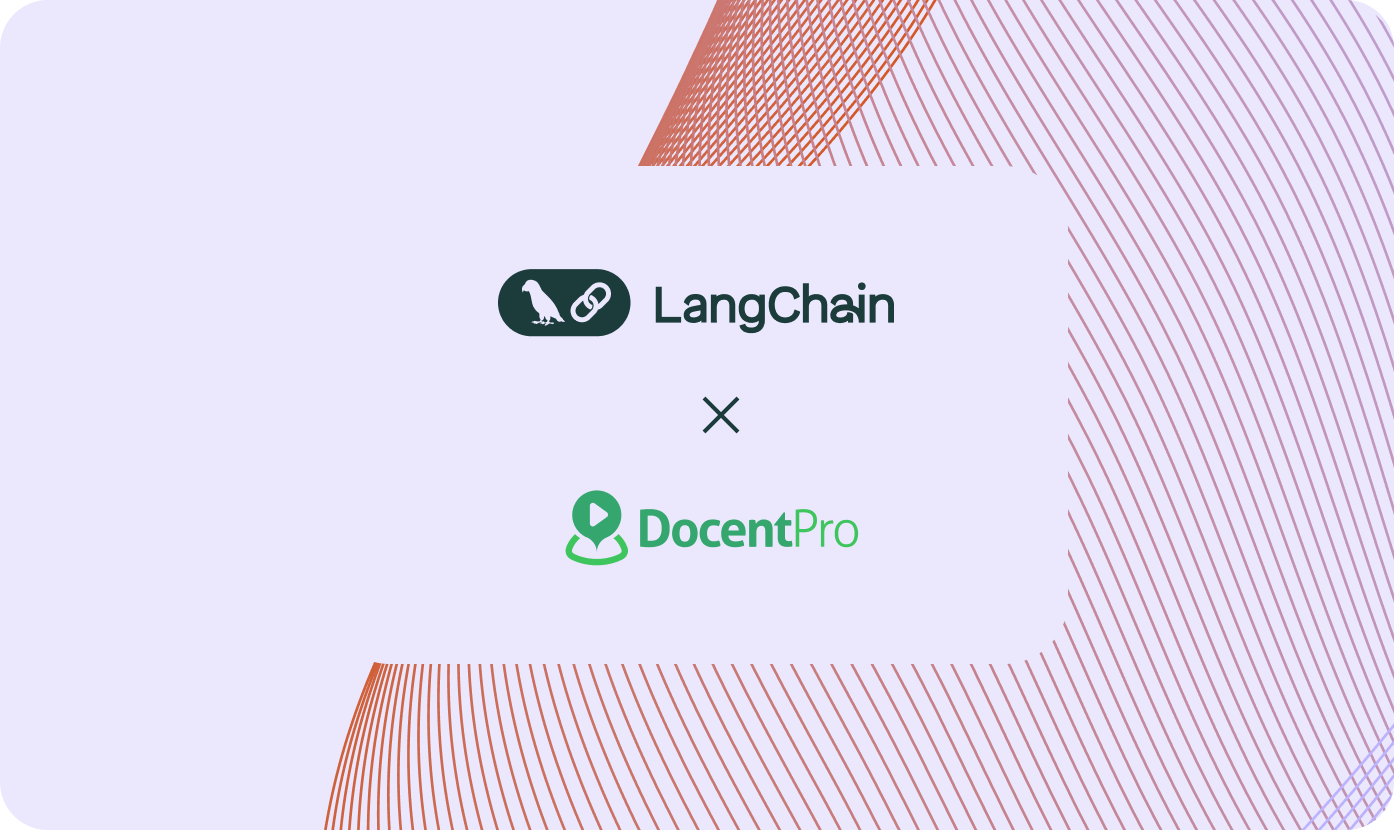
How DocentPro Built a Multi-Agent Travel Companion with LangGraph
See how DocentPro built a multi-agent system in LangGraph and traces and monitors interactions with LangSmith for their AI search itinerary agent
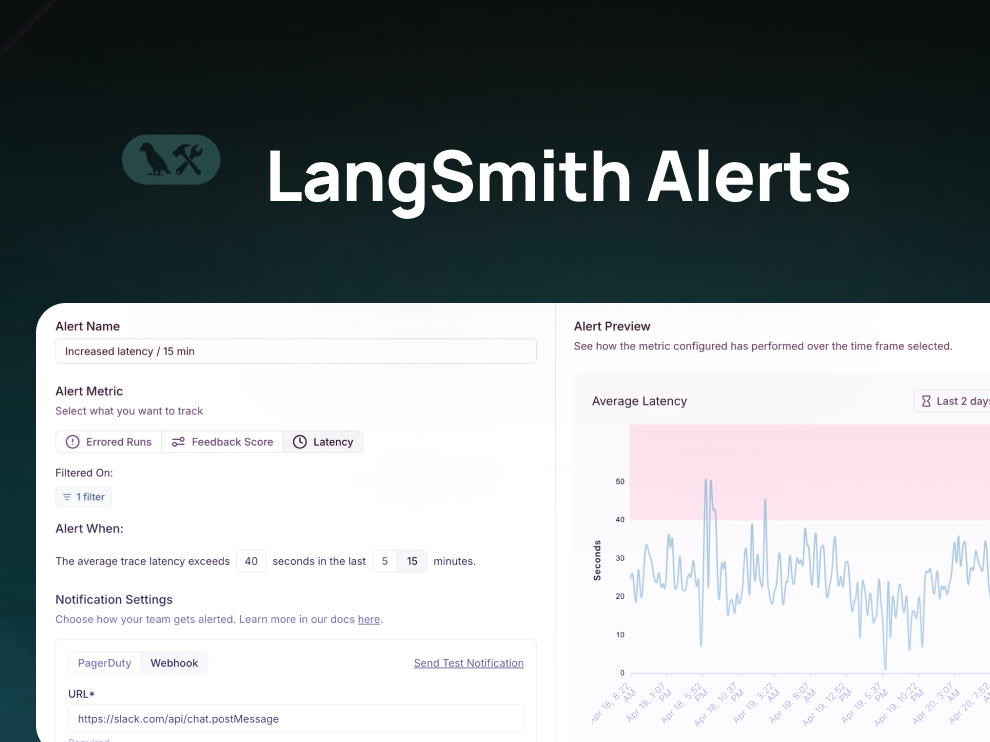
Catch production failures early with LangSmith Alerts
Set up real‑time notifications on error rates, run latency & feedback scores to spot failures before your customers do.
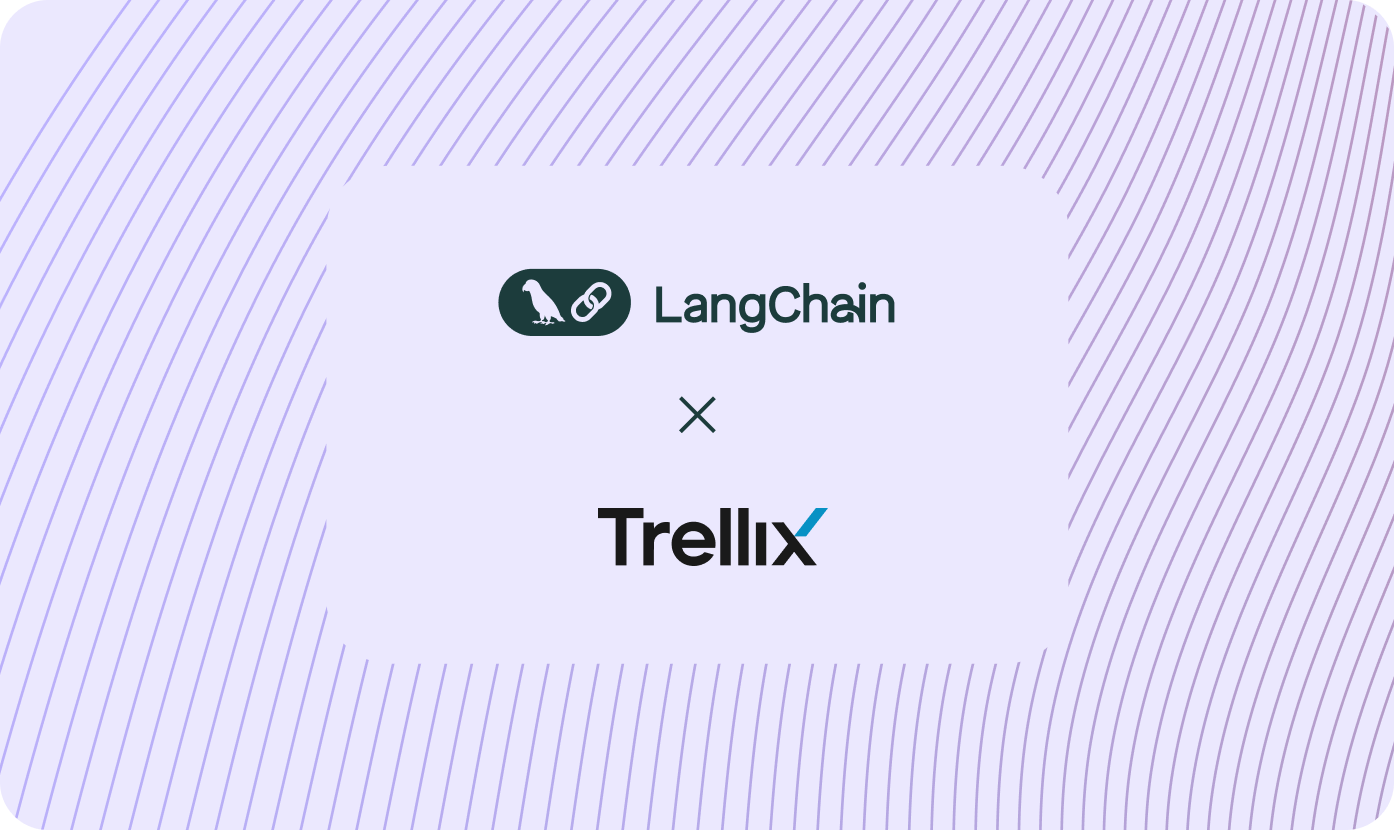
How Trellix cut log parsing time from days to minutes with LangGraph Studio and LangSmith
See how cybersecurity company Trellix used LangGraph Studio to visualize and debug agent interactions, plus LangSmith for agent evaluations
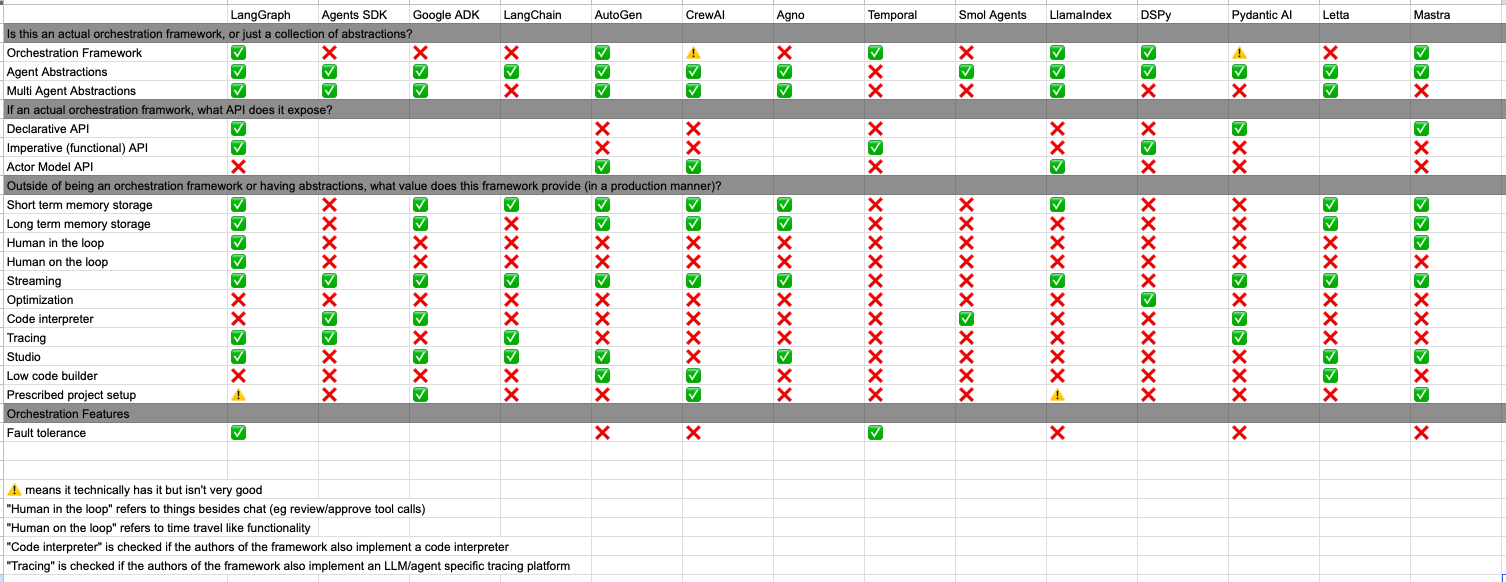
How to think about agent frameworks
TL;DR: * The hard part of building reliable agentic systems is making sure the LLM has the appropriate context at each step. This includes both controlling the exact content that goes into the LLM, as well as running the appropriate steps to generate relevant content. * Agentic systems consist of both
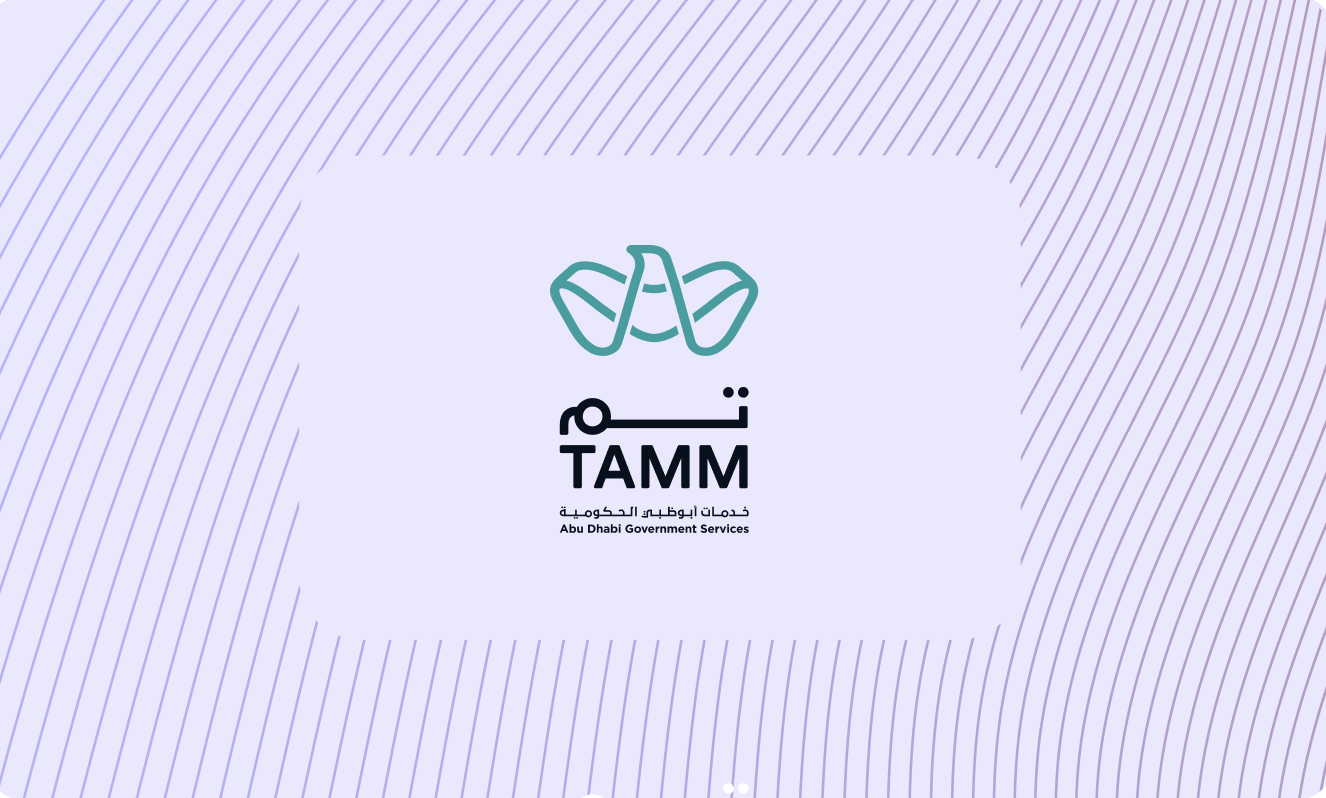
TAMM AI Assistant: Transforming Government Services in Abu Dhabi with LangChain and LangGraph"
See how the Abu Dhabi Government powers their government services platform with LangGraph and LangChain to achieve efficiency and precision.
